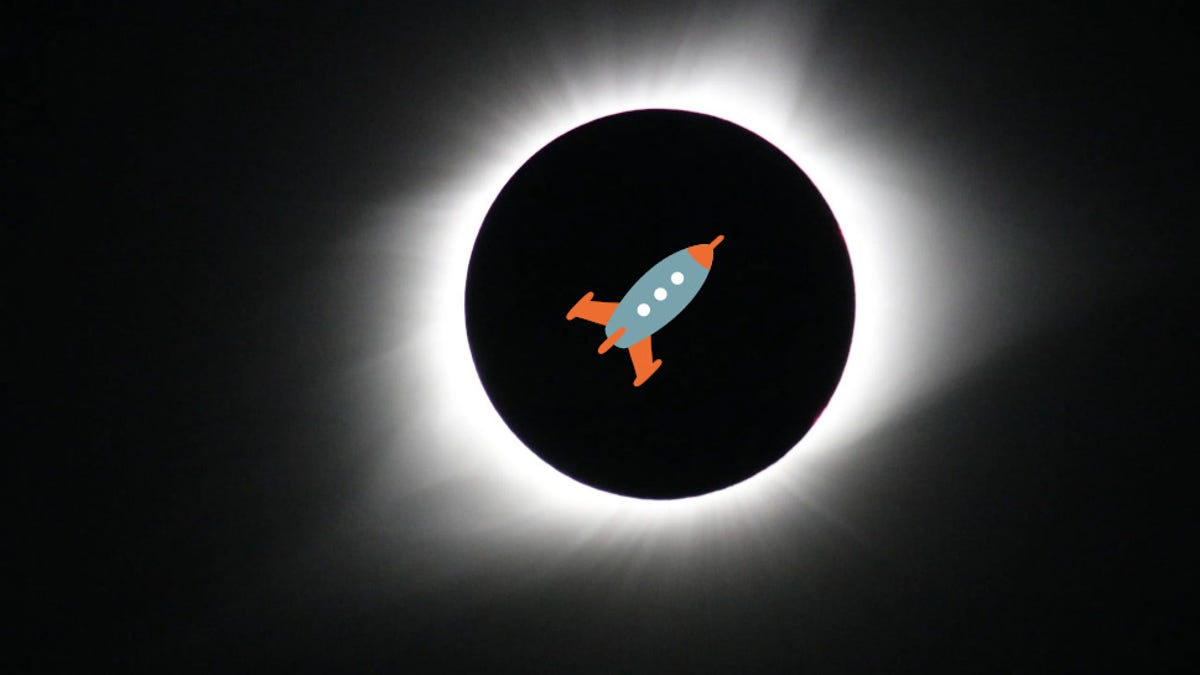NASA Sounding Rockets to Study Eclipse Effects on Earth’s Upper Atmosphere
As the Moon positions itself between Earth and the Sun, causing a temporary dimming of daylight in certain regions, three rockets are set to launch and observe the impact of this brief period of darkness on Earth’s upper atmosphere.
Research Mission Details
Scheduled for April 8, NASA plans to launch three sounding rockets from the Wallops Flight Facility in Virginia. These rockets will investigate disturbances in the ionosphere during the solar eclipse by launching at three different times: 45 minutes before, during, and 45 minutes after the eclipse’s peak, as reported by NASA.
The sudden disappearance of the Sun during an eclipse causes disruptions in Earth’s atmosphere, potentially affecting communication systems. The ionosphere, part of the upper atmosphere, acts as a crucial boundary between Earth’s lower atmosphere and outer space. It consists of charged particles that play a vital role in reflecting and refracting radio waves essential for communication and navigation.
During a solar eclipse, the ionosphere experiences changes due to the reduction in solar radiation, leading to the relaxation and recombination of previously ionized particles into neutral entities. Understanding these dynamics is crucial for predicting and mitigating disturbances that could impact our communication-dependent world.
Scientific Significance
Professor Aroh Barjatya, an engineering physics expert at Embry-Riddle Aeronautical University in Florida and lead scientist of the mission, emphasizes the importance of comprehending the ionosphere’s behavior. The upcoming eclipse provides a unique opportunity to study the ionosphere’s response to a rapid, localized decrease in sunlight, offering valuable insights to enhance predictive models.
Each rocket will deploy miniature instruments to measure ionospheric perturbations, aiding in the refinement of existing disturbance prediction models. These sounding rockets follow a parabolic trajectory to collect data in suborbital space, complementing ground-based measurements conducted simultaneously.
Past and Future Endeavors
The same rockets were previously launched during the October 2023 annular solar eclipse from the White Sands Test Facility in New Mexico. Equipped with new instruments and refurbished for reuse, these rockets aim to build upon prior observations of atmospheric changes. The earlier mission revealed significant reductions in charged particle density, potentially affecting radio communications.
Professor Barjatya expresses enthusiasm for relaunching the rockets during the upcoming total eclipse, anticipating consistent results and seeking to validate previous findings. The mission holds promise for advancing our understanding of ionospheric behavior under unique astronomical events.
For further updates on spaceflight endeavors, stay connected with Gizmodo’s Spaceflight page.
Image/Photo credit: source url





